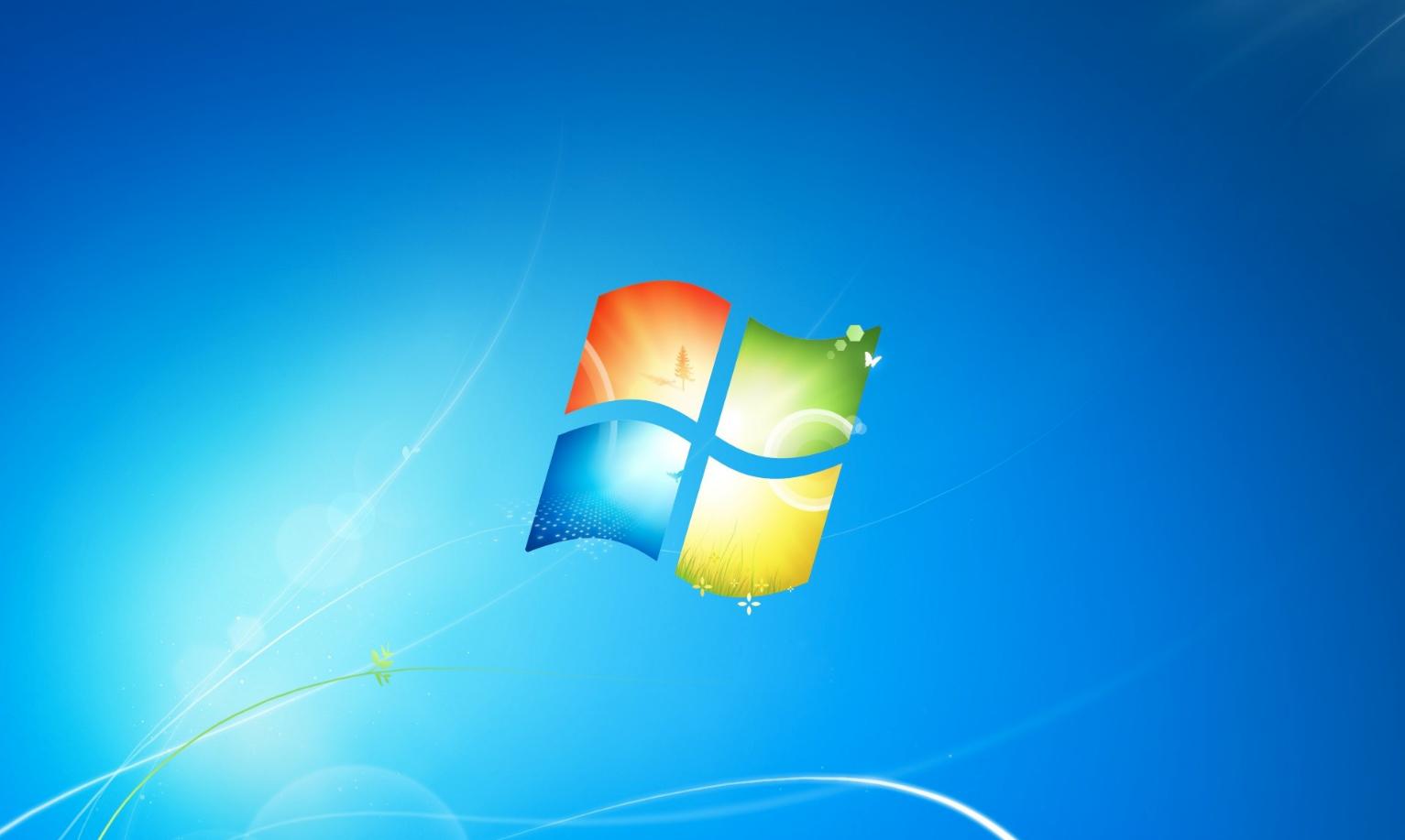
See whether the System type: field under System says 32-bit Operating System or 64-bit Operating System.Right-click on Computer, and click on Properties in the resulting context menu.Step 1: Find out whether you are using a 32-bit or 64-bit version of Windows 7 Once that’s out of the way, you can move on to actually downloading and installing the Windows 7 Service Pack 1 Convenience Rollup. If you want to install the Convenience Rollup, you are first going to have to make sure that you have Windows 7 Service Pack 1 installed as the Rollup can only be installed on computers running on Windows 7 Service Pack 1. If a user does not opt for the Convenience Rollup, the only alternative for them is to allow Windows Update to download and install all available updates one by one – an aggravatingly slow process. Unfortunately, Microsoft has not made the Convenience Rollup available through Windows Update, meaning that any user who installs Windows 7 on a computer will have to go out of their way to download and install the Convenience Rollup. The Rollup essentially functions as Windows 7 Service Pack 2.

The Convenience Rollup allows Windows 7 users too, with the download and installation of only one update package install every single update released for Windows 7 between February 2011 and the 16 th of May, 2016.


 0 kommentar(er)
0 kommentar(er)
